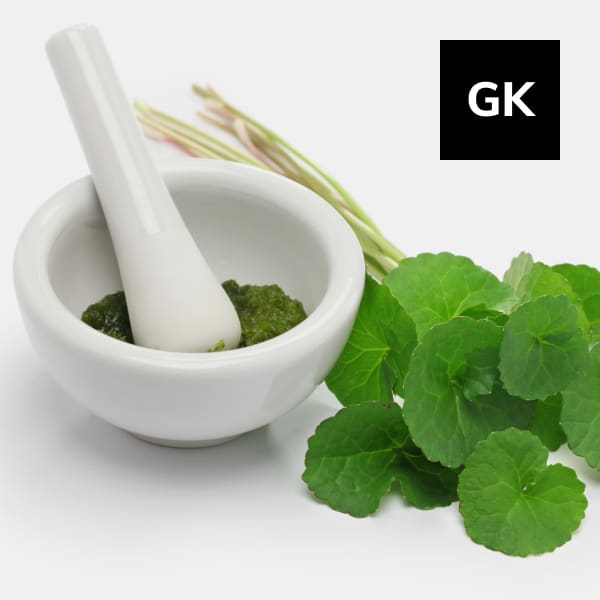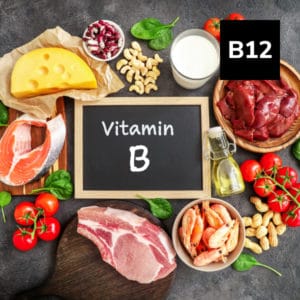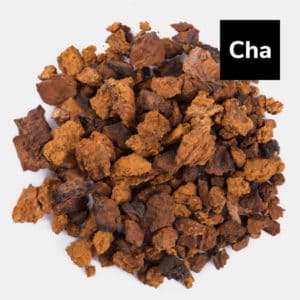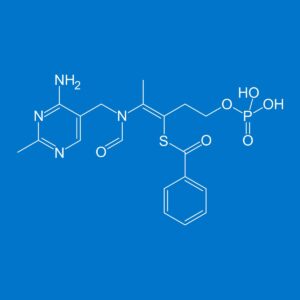Overview
Gotu Kola (Centella Asiatica) is a herbaceous perennial plant native to India, China, Indonesia, Australia, the South Pacific, Madagascar, and southern and middle Africa. It has been used for thousands of years in Ayurvedic and Chinese medicine to improve memory and concentration and extend longevity. Recent studies have shown that it fortifies the nerves and brain cells, and has a protective effect on veins and skin.
Key Benefits
- Helps reduce edema
- Helps to improve cognitive function after stroke
- Enhances memory
- Supports memory and focus
- Facilitates a sense of tranquility
- Stimulates hair and nail growth
- Helps heal and reduce scarring from burns
- Helps treat cellulite
- Helps in the treatment of keloids and hypertrophic scars
- Helps in the treatment of scleroderma
- Improves symptoms related to varicose veins
History of Usage
Gotu Kola has a long history of use in Ayurvedic and Chinese medicine to improve memory and concentration and extend longevity. It was considered a panacea 3,000 years ago. It was used both internally and externally by the people of Java and other islands in Indonesia, and in India for its ability to heal wounds and relieve leprosy. It was prescribed in China to treat boils, fevers, fractures, and snakebite, and to promote longevity.
Gotu Kola was incorporated into the Indian pharmacopeia in the 19th century and was recommended for wound healing and numerous other skin conditions, including eczema and psoriasis. It was also used to treat diarrhea, fever, amenorrhea, and female genitourinary tract problems.
Gotu Kola was accepted as a drug in France in the 1880s. It has been used to treat many of the illnesses described above ever since. It is not to be confused with the kola nut, which is a caffeine stimulant.
In Ayurvedic medicine, it is called brahmi and is valued as an adaptogen to decrease the effects of stress while enhancing memory.
Biochemistry
Gotu kola contains a variety of naturally occurring bioactive compounds, including saponins, flavonoids, phenolic acids, triterpenic steroids, amino acids, and sugars. Numerous free radical scavengers in it have anti-inflammatory properties, while also providing hydration and acting as an epidermal barrier.
Additionally, cardioprotective, anti-atherosclerotic, antihypertensive, antihyperlipidemic, and antidiabetic properties have been identified for its triterpenes.
Recent Trends
Gotu Kola has grown in popularity as an Ayurvedic brain health herb, as a stand-alone herbal product, and as an element in mixes for brain support. It is a component of topical skin treatments and functional food bars. The herb is available in powdered form for hair and skincare, as well as in beverages and pastes. It is available as a pill, tincture, powdered extract, or tea. There are ointments containing Gotu Kola available for the treatment of wounds and other skin conditions.
Precautions
- Pregnant and breastfeeding women can safely use gotu kola for topical use. There isn’t enough information about its safety for use internally for this population.
- May result in stomach ache, headache, and drowsiness.
- May increase sensitivity to the sun.
- Avoid taking gotu kola with sedatives or alcohol.
- Individuals who have liver disease should avoid use of gotu kola.
- Individuals should stop use of gotu kola two weeks before a scheduled surgery.
References
- Cesarone MR, Incandela L, De Sanctis MT, Belcaro G, Geroulakos G, Griffin M, Lennox A, Di Renzo AD, Cacchio M, Bucci M. Flight microangiopathy in medium- to long-distance flights: prevention of edema and microcirculation alterations with total triterpenic fraction of Centella asiatica. Angiology. 2001 Oct;52 Suppl 2:S33-7. PMID: 11666121.
- Bylka W, Znajdek-Awiżeń P, Studzińska-Sroka E, Dańczak-Pazdrowska A, Brzezińska M. Centella asiatica in dermatology: an overview. Phytother Res. 2014 Aug;28(8):1117-24. doi: 10.1002/ptr.5110. Epub 2014 Jan 7. PMID: 24399761.
- Farhana KM, Malueka RG, Wibowo S, Gofir A. Effectiveness of Gotu Kola Extract 750 mg and 1000 mg Compared with Folic Acid 3 mg in Improving Vascular Cognitive Impairment after Stroke. Evid Based Complement Alternat Med. 2016;2016:2795915. doi: 10.1155/2016/2795915. Epub 2016 Jun 1. PMID: 27340413; PMCID: PMC4908235.
- Xu Y, Cao Z, Khan I, Luo Y. Gotu Kola (Centella Asiatica) extract enhances phosphorylation of cyclic AMP response element binding protein in neuroblastoma cells expressing amyloid beta peptide. J Alzheimers Dis. 2008 Apr;13(3):341-9. doi: 10.3233/jad-2008-13311. PMID: 18431001.
- Martinez-Zapata MJ, Vernooij RW, Uriona Tuma SM, Stein AT, Moreno RM, Vargas E, Capellà D, Bonfill Cosp X. Phlebotonics for venous insufficiency. Cochrane Database Syst Rev. 2016 Apr 6;4(4):CD003229. doi: 10.1002/14651858.CD003229.pub3. Update in: Cochrane Database Syst Rev. 2020 Nov 3;11:CD003229. PMID: 27048768; PMCID: PMC7173720.
- Ratz-Łyko A, Arct J, Pytkowska K. Moisturizing and Antiinflammatory Properties of Cosmetic Formulations Containing Centella asiatica Extract. Indian J Pharm Sci. 2016 Jan-Feb;78(1):27-33. doi: 10.4103/0250-474x.180247. PMID: 27168678; PMCID: PMC4852572.
- Razali NNM, Ng CT, Fong LY. Cardiovascular Protective Effects of Centella asiatica and Its Triterpenes: A Review. Planta Med. 2019 Nov;85(16):1203-1215. doi: 10.1055/a-1008-6138. Epub 2019 Sep 20. PMID: 31539918.
- Kusumastuti SA, Nugrahaningsih DAA, Wahyuningsih MSH. Centella asiatica (L.) extract attenuates inflammation and improves insulin sensitivity in a coculture of lipopolysaccharide (LPS)-induced 3T3-L1 adipocytes and RAW 264.7 macrophages. Drug Discov Ther. 2019;13(5):261-267. doi: 10.5582/ddt.2019.01052. PMID: 31723097.
- da Rocha PBR, Souza BDS, Andrade LM, Marreto RN, Lima EM, Taveira SF. Development of a High-Performance Liquid Chromatographic Method for Asiaticoside Quantification in Different Skin Layers after Topical Application of a Centella asiatica Extract. Planta Med. 2017 Dec;83(18):1431-1437. doi: 10.1055/s-0043-113325. Epub 2017 Jun 26. PMID: 28651288.
- Murray, Michael T. The Healing Power of Herbs. Prima health, 1995. “Gotu Kola,” pp 173-183.
- Lokanathan Y et al. “Recent Updates in Neuroprotective and Neuroregenerative Potential of Centella asiatica.” Malays J Med Sci. 2016;23(1):4-14.
- Gohil KJ, Patel JA, Gajjar AK. “Pharmacological Review on Centella asiatica: A Potential Herbal Cure-all.” Indian J Pharm Sci. 2010;72(5):546-556. DOI:10.4103/0250-474X.78519.
- Robinson OJ et al. “The impact of anxiety upon cognition: perspectives from human threat of shock studies.” Front Hum Neurosci. 2013;7:203. DOI:10.3389/fnhum.2013.00203.




